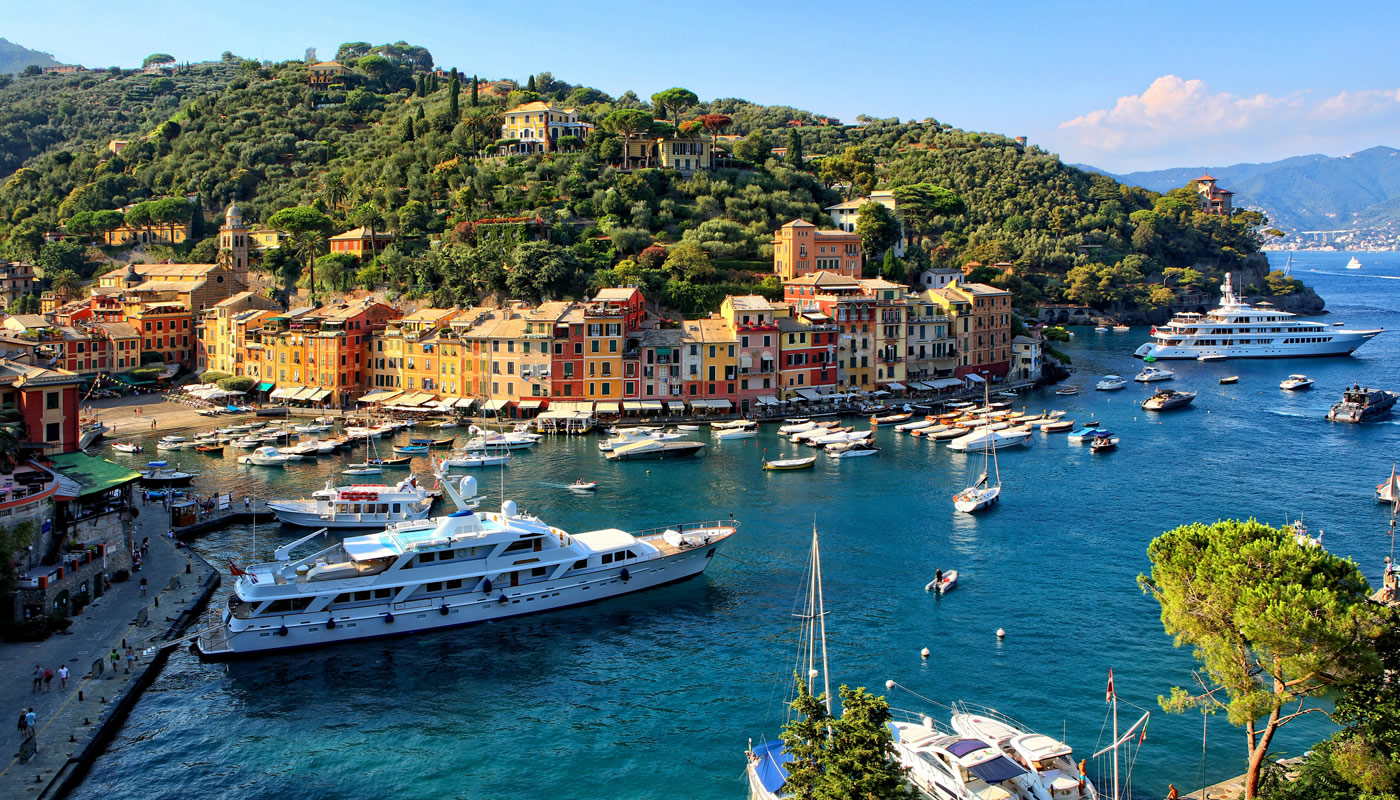Since prehistoric times, every year, the waters coming from Ethiopia were directed towards the mouth of the Nile flooding the land and leaving the silt on the ground, sediment of nutrients and minerals that made the plains ideal for crops. The floods and the shallows of the river, however, did not always show up at the optimal time for agriculture, sometimes leading to the loss of the whole collection. The Aswan Dam (see map) was needed precisely to regulate the floods of the Nile. During Nasser’s presidency in 1956, the construction of the dam on a project by the Italian engineer Luigi Gallioli.
Along the course of the most important river in Africa and one of the most important in the Mediterranean, the Nile stands the famous Aswan Dam. Its construction dates back to the second half of the last century, the epilogue of the attempts at modernization in the Aswan area by the British.
Historical notes on the Aswan Dam
These already in 1898 began to build a dam near the ancient Egyptian city, to try to limit the damage caused by the irregular floods of the Nile, which with their silt ensured important sediment, source of minerals, and fertilizers ideal for agriculture. , but due to their unpredictability, they often resulted in heavy crop losses.
The Aswan Dam, completed in 1902, proved to be too small for river floods to regulate and was extended several times between 1907 and 1933.
After the Second World War, in 1946 the water level almost exceeded the dam, so it was decided to build a new one upstream. The new dam could therefore enjoy a series of technological advantages obtained over the years from the conception of the first: first of all more advanced construction techniques, together with a hydroelectric power generation project that is important for the country.
During the 1950s and 60s, in the midst of the Cold War, the government sought to obtain funds from both the Western and Eastern blocs. The United States and Great Britain, initially willing to contribute to the development of the country, withdrew their offer when the Soviet Union made its contribution. The dam was then built in the following years with Soviet aid and the proceeds from the nationalization of the Suez Canal. In 1970 the dam was finished, and the reservoir reached its maximum capacity in 1976.
The Aswan Dam created a lake and reduced the flow of the Nile, with 3 effects:
- Lake Nasser formed downstream of the dam, has become the habitat of the Anopheles mosquito, which transmits malaria.
- The silt transported by the Nile has decreased and, consequently, the fertility of agricultural land has also decreased.
- The strength of the river at its mouth has decreased: thus, the waters of the Mediterranean have gone up the Nile delta, increasing its salinity and forcing some animals to migrate from their habitat.

Egypt, Aswan, Aswan High Dam.
The dam, from the very beginning, scared archaeologists as the Egyptian site of Abu Simbel and other historic temples they risked being submerged by the waters; thus, an international operation was launched to save the monuments a risk by moving them to safer places. Some works were donated to the countries that contributed to the rescue: also Italy received its reward with the temple of Ellesija, now preserved in the Egyptian Museum in Turin. Moreover, about 90,000 Egyptians had to forcibly leave their homes in order not to be submerged by the lake.
In the previous decade, it is important to remember the work of UNESCO to safeguard the cultural heritage at risk near the new basin: many of these archaeological finds were exported to numerous international museums (including the renowned Museum of Egyptian Antiquities in Turin).
The new dam is monumental in size: more than 3.5 km long, almost 1km wide at the base and 50m at the top, for a total height of 111m.
The artificial lake formed behind the Aswan dam has an area of about 6000 km2 and hosts up to 165 cubic km of water. The dam allowed to mitigate the effects of floods dangerous for the population (remember that of 1973) and famines (especially those of 1972 and of the period 1983-84); but it has also caused numerous environmental damage to the ecosystem, which had not been evaluated at the time of its construction, including:
excessive sedimentation in the waters upstream of the dam erosion of those downstream disappearances of species that migrated along with the Nile destruction and increase in the salinity of the delta (with the decrease in the strength of the Nile, the salty waters of the Mediterranean have advanced along the river) decrease in the productivity of river fishing decrease in the fertility of the land downstream of the dam because the silt does not reach the soil without flooding migration of marine animals into the river due to the increase in salinity increase in groundwater level in fields near the river with consequent water stagnation (which in turn causes the spread of fungal pathogens) river pollution due to fertilizers and pesticides.
The dam houses a hydroelectric power plant with 12 generators of 175 MW, for an installed power of approximately 2 GW

Is the Aswan Dam the largest in Africa?
The Aswan Dam generates average electricity that can satisfy more than half of the country’s needs, as well as having given the opportunity to develop low-cost electricity distribution even in the most remote regions. The hydroelectric plant is currently the most powerful in Africa, although it may no longer be so in a few years: in Ethiopia, a dam known as the “Grand Ethiopian Renaissance Dam” is being built on the Blue Nile.
The work, currently under construction, could represent not only a competitor from the point of view of the primacy of hydroelectric production on the continent but also a strong risk from that of the decrease in the flow of water of the river in the Egyptian region. The risks are not easily calculated, as the political climate in the region suffers from severe repression on these issues, both in Ethiopia and in Sudan.
Egyptian organizations have expressed strong doubts about the drought that will be caused by the initial filling of the Ethiopian dam (which will take years) and the possible problems at the ecosystem level due to the large amount of water that will be limited. The construction of this will further increase the salinity of the water, echoing the negative phenomena on the flora and fauna of the river, on the problems related to the scarcity of silt and it may be that new problems arise that are currently not considered or unknown.
To conclude, the Aswan hydroelectric power plant has enormous energy importance for Egypt, capable of satisfying most of the national needs, and construction plays a key role in the management of the northern river waters of the region. It is at the same time an important example of the negative effects that anthropic intervention can have on ecosystems, even if they are robust and millenary like that of the Nile.
The Visit
The visit of the Aswan Dam is rather limited: you can travel by vehicle along the road along the top of the dam until you reach a parking lot from which you can contemplate both sides of this colossal construction and appreciate the great difference in height of the ‘water. There is no possibility to visit the interior of the dam or the turbine hall.




